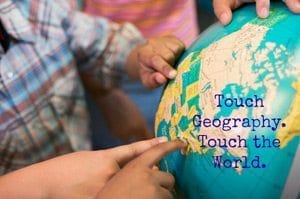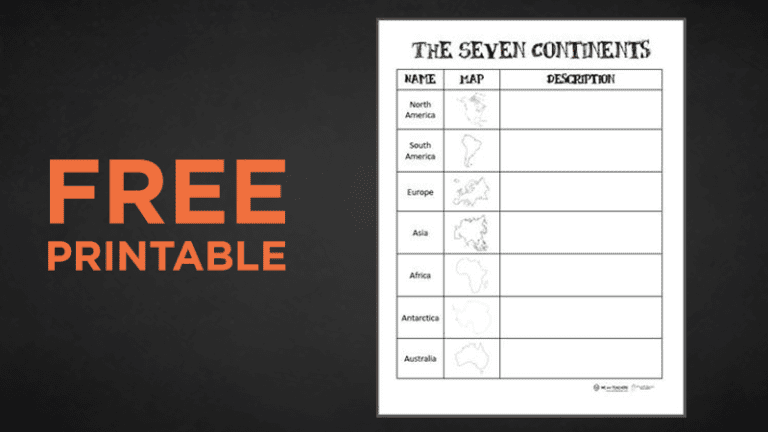
by guest blogger Joann Wasik from TheGateway.org
Every year, a new crop of students begins to learn about the continents. In the U.S. and Canada, students learn that there are seven continents, while students in some other countries may learn that there are as few as five or six continents (with North and South America combined into a single continent, called “the Americas”, and/or Asia and Europe combined into “Eurasia”). They learn about the distinguishing features of continents, such as the topography, geology, native plants and animals, and so forth. They also learn that, despite their massive size, the continents are constantly in flux.
The theory of continental drift, first proposed in the late 16th century, posited that the Earth’s crust slowly drifted on top of a liquid core. In the 1940s, the theory of plate tectonics both refined, and largely supplanted, the idea of continental drift. We now know that the continents do indeed continue to move, slowly shifting on giant slabs of rock, or plates, as they have done for billions of years. Moreover, geological evidence supports the idea that various supercontinents have likely formed, broken up, and reformed throughout the Earth’s tumultuous geologic history. The most recent supercontinent, Pangaea, formed about 300 million years ago, and began to break apart some 100 million years later – just as the dinosaurs were evolving. In fact, geologists now believe that the movements of the Earth’s continents are cyclical, and that every 500-700 million years they come together again. If this theory is correct, the existing continents will again merge to form a new supercontinent within the next 250 million years.
This week I’ve highlighted three resources on the continents from our collection of lesson plans and activities. All week long, I’ll be featuring many more lessons, units, and activities on the topic for all grade levels on the Gateway’s Twitter and Facebook pages, so be sure to give those pages a look. Also, please read Peggy’s companion column (linked below) for her ideas on teaching about the continents.
Exploring the Continents Through the Arts
Subjects: Geography, Visual Arts, Music, Language Arts
Grade: K
In this unit, students learn about each continent’s culture (excluding Antarctica) by exploring music, food, literature, dance, drama, and visual arts from the region. The children will also learn geographic components such as the location of the continents, the equator, and the four major oceans. This is a nice unit that allows students to get a sense of place for different regions, and the influence that geographic location has on culture. It’s also aligned to Common Core State Standards. Teachers may wish to teach this unit throughout the school year (focusing on one continent per month) or this unit can be taught in one continuous block. This resource was produced by the Core Knowledge Foundation, which is an independent non-profit organization that develops curricula, publishes educational books and materials, and provides professional development for educators.
Cut-Out Continents Mobile
Subjects: Geography, Visual Arts
Grades: 4-6, Special Education
Working in small groups, students will locate satellite views of the continents, and find their major lakes and mountain ranges, coastal regions, and boundaries. They will also gather information about other major features on each continent, such as peninsulas, glaciers, deserts, and rain forests. At the conclusion of this lesson, students create hanging mobiles to display the continents – a nice way to combine geography with visual art, and great for special education students as well. This lesson is offered by Crayola, producers of arts and crafts products. Crayola also offers hundreds of hands-on lesson plans and activities designed to stimulate independent thinking through visual learning.
At the Edge of a Continent
Subjects: Geology, Oceanography
Grade: 9-12, Hearing-Impaired Students
The focus of this lesson is bathymetry of the South Atlantic Bight Continental Shelf and Upper Shelf-Edge. Learn how to interpret a bathymetric map; learn the main features of the continental margin; plot and graph bathymetric data; think about and discuss the bathymetry of the edge of the continental shelf. The lesson also includes extension activities. This lesson was produced by NOAA Ocean Explorer, an educational site for teachers, students, and anyone who is interested in the ocean realm. The site offers a plethora of resources, including lesson plans, videos, information on expeditions, and more.

